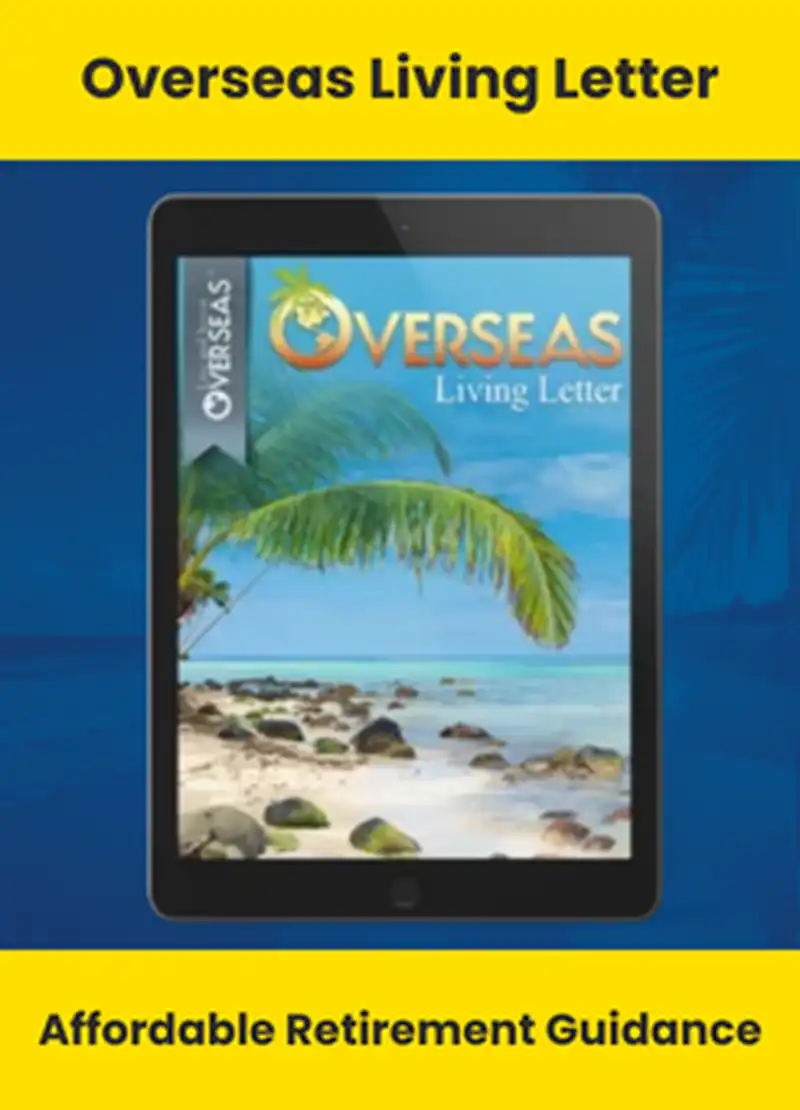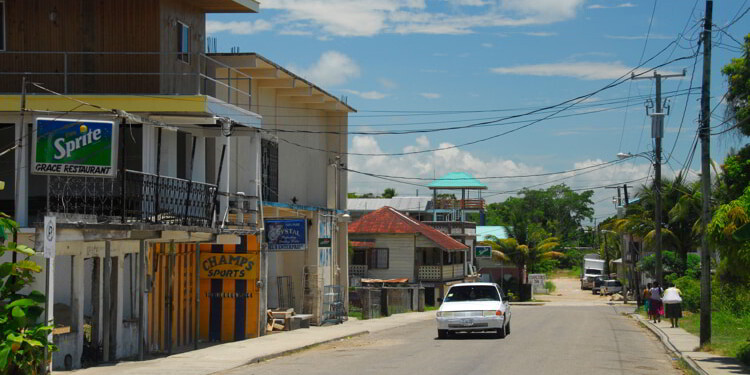Just any old car will do when you move to Belize…
Or will it?
There’s a lot to consider before deciding on the best car for Belize…
Should you ship your current car to Belize? Perhaps drive it down yourself or have someone do it for you?
Can you get your current make and model fixed here? Or should you just buy a local car when you get here?
People drive on the right-hand side of the road in Belize… but that’s about where the similarities in driving culture end.
Here are the top eight things to consider about driving in Belize.
Shipping A Car To Belize
If you come to Belize under the Qualified Retirement Program (QRP), you won’t have to pay duty when you import your car if the model is from the last five years. If you’re in Belize on any other visa, you will.
Rental car companies bring in damaged vehicles, for which the duty is much less. After having them fixed in Belize or Mexico, they look brand new.
Shipping a car here is not cheap. I was quoted US$3,500 to ship a full-size truck, while a friend only paid US$600. Check prices beforehand if you choose to have your car shipped.
Driving To Belize Through Mexico
Driving your car from the States to Belize is another option.
It’s best to stay on the toll road and sleep at name-brand hotels, which offer secure parking. Driving the non-toll road can be a challenge and possibly dangerous.
Ensure you have plenty of pesos for the tolls. The best way to get pesos is to use local ATMs rather than trying to exchange dollars.
Buying A Car In Belize
For some, buying a car locally is the best choice. It certainly works around all the shipping hassles.
I recommend an SUV with four-wheel drive. The Mahindra pickup truck (not available in the States) is a good one to have here. A friend bought this model, and it has taken us places where other four-wheel drives may have failed.
Think about what kind of car will be right for you… What are you going to do in Belize? Are you going to live close to the ocean or inland? What kind of trips do you plan to take?
If you’re here to relax and not lift a hammer, then a car or SUV should do. If you tinker and might build shelves or haul stuff, then a vehicle with a pickup bed would better fit your needs.
Car Parts And Other Considerations
While living by the sea is beautiful, the salt air plays havoc with steel car parts.
On the other hand, living inland away from the salt breeze can take years off the life of your car because of the rough roads.
Have in mind the kind of trips you plan to make and the fact that there are few paved roads in Belize. If you’re going to tour the country, you’ll need a sturdy car.
Talk to owners and mechanics about what will best suit your needs. For instance, if you’re only going to drive around Belize City, Belmopan, or Chetumal, a regular car will probably do.
If you drive slowly and avoid potholes, your car will last longer. But if you plow ahead, road conditions be damned, you’re sure to keep the mechanics busy. Maintenance costs add up quickly.
Find out if the car is serviceable locally. At some point, you’ll need to get your car fixed, and you have better chances (and cheaper costs) if you see a lot of the same kind here.
Parts are generally available for popular cars, but if there’s no dealer in Belize or Southern Mexico, they have to be ordered and brought in, and duty on car parts is high.
Even if you buy them locally, prices can be as twice as high as in the States. For example, engine oil runs about BZ$8 per quart.
There is money to be saved by buying tires in Mexico… and stiff fines if caught not declaring them when crossing the border. If you’re in Mexico and run low on fuel, gas and diesel are about US$2 per gallon cheaper there.
Buying a car in Belize requires a lot of due diligence. Most cars and trucks are salvaged, fixed, and rented or sold.
Damage may be minor… or it could be major, like flood-damage. A friend who bought a flood car was always repairing it.
Because clear-title vehicles get a better price when sold, a representative of the selling company will hold the title until the transfer is made so the buyer is not aware it’s a salvage.
It’s also important to check the VIN number to make sure the vehicle was not stolen or if there has been any damage sustained. In Mexico, stolen vehicles are impounded.
Plates And Insurance
Plates can be bought for six months or a year. Before plates are issued, all vehicles must pass a basic inspection.
I keep buying mine for six months because I plan to get a newer car, and there’s no refund on unused time.
The law on car insurance recently changed in Belize. You can purchase insurance for three or four months or a year.
Full coverage is only available for non-salvage cars for up to 10 years of age. For salvage cars, it’s seven years.
Ask about what papers you need to get insurance. I recently purchased mine and I needed my passport (for non-native Belizeans), drivers licence, copy of car title, and current electric bill.
When selling your car, remove and take the insurance sticker for credit toward the next package you buy.
If you’re selling your QRP car here, the new owner must pay duty. So when buying, make sure the car is not QRP.
Oiling And Undercoating
Car washes are inexpensive. For BZ$20 (US$10) you get a full hand wash and dry, inside and out.
For BZ$50, you get the wash, and they’ll also spray oil under the car.
Undercoating the car before it’s brought here is a good idea, especially if moving close to the ocean.
My neighbor, who lives about 200 yards from the ocean, has a 5-year-old truck. He has had to replace panels due to rust even though he keeps it maintained and has undercoated the entire under chassis.
Belize Driving Laws And Local Drivers
There’s one law that stands out: If you’re making a left turn on a two-lane road (and almost all Belize roads are two-lane), you must pull off to the right shoulder until traffic is clear in both directions before you make your left turn.
The maximum speed limit is 55 miles per hour, but seldom does anyone adhere to the speed limit.
You must be a defensive driver in Belize. A lot of local drivers will pass on the right at a speed bump and flat ignore stop signs. It pays to be observant and careful here.
Belize drivers think nothing of parking behind you and blocking you in. Parking in any direction is common.
It seems like a general Belizeans’ rule: drive until it breaks, then fix it and drive some more… no preventative maintenance.
In time, you get used to all of these quirks, and they become no big deal.
Belize’s Roads
The majority of roads in Belize are dirt, and paved roads seldom have shoulders other than by intersections. Pavements may drop off, even when there’s a shoulder.
Most villages have at least two speed bumps, which come in two varieties: low bumps that might be encountered in a U.S. parking lot (these are to slow traffic, generally by schools and at each end of villages) or long, tall bumps that you find at pedestrian crossings (you must yield for people crossing).
Few police patrol the highways, and in my experience, they don’t hand out tickets often.
Occasionally, you’ll get stopped at a checkpoint. They might check for current tags, insurance, or driver’s license. Sometimes they’re checking for contraband.
A gringo might get a parking ticket where a Belizean doing the same thing won’t… That’s just how it is.
Police will wait until you leave the car before giving a parking ticket. They avoid confrontation. In town, do not park over the yellow curb line.
I’ve been living in Corozal full-time for many years, and I’ve never had an accident. If you’re friendly, courteous, and a defensive driver, you should have no problems.
John Wiankowski
Belize Insider










